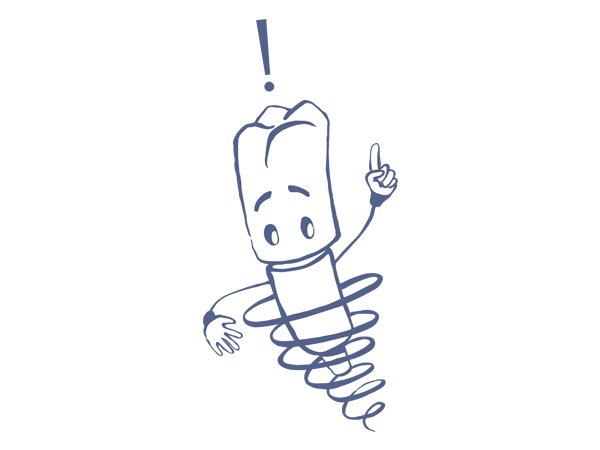The hidden danger
When the various instruments are used during dental treatments, a fine spray mist is generated that is barely visible to the naked eye and therefore appears harmless. These are so-called aerosols and the spray mist rebound. The mist surrounding the therapist and the patient packs a real punch, with cooling fluid, saliva, microorganisms and sometimes even blood all coming out of the mouth of the patient. This mixture spreads quickly and far across the room, resulting in a danger for the people ‘lost’ in the mist. This mist can also contain dangerous pathogens, which, in the worst case scenario, can cause the transmission of serious infectious diseases.
How can we break down the mist?
In order to contain this often underestimated danger, powerful suction systems and good aspiration methodology can be used. This allows the risks that are posed by the mist to be reduced by two thirds. As a result, the extraction of aerosols and the so-called spray mist rebound plays an important role in protecting the dentist, his team and his patients.
What is important here?
The idea of extracting as much as possible of the emerging mist with a suction system seems simple enough in principle. But here again, the devil is in the detail. In order to capture the mist as early as possible, it is necessary to get as close as possible, i.e. in the mouth of the patient. However, if the suction cannula accidentally adheres to the oral mucosa or the tongue of the patient, this can cause so-called reflux. The cannula is sealed by the obstruction, the air flow stops and the fluids in the hose including, for example, tartar or blood, in the worst case even from the previous patient, can flow back into the mouth. This presents a huge infection risk! One thing this reflux problem highlights is that equipment designed to prevent the risk of infection can actually represent an additional risk if used incorrectly. So, with the health of everyone involved in mind, care is needed when working with suction. An additional solution is the use of special cannulas that have secondary air inlets. These ensure that the air flow can always be maintained, even if the frontal inflow is accidentally blocked off.

